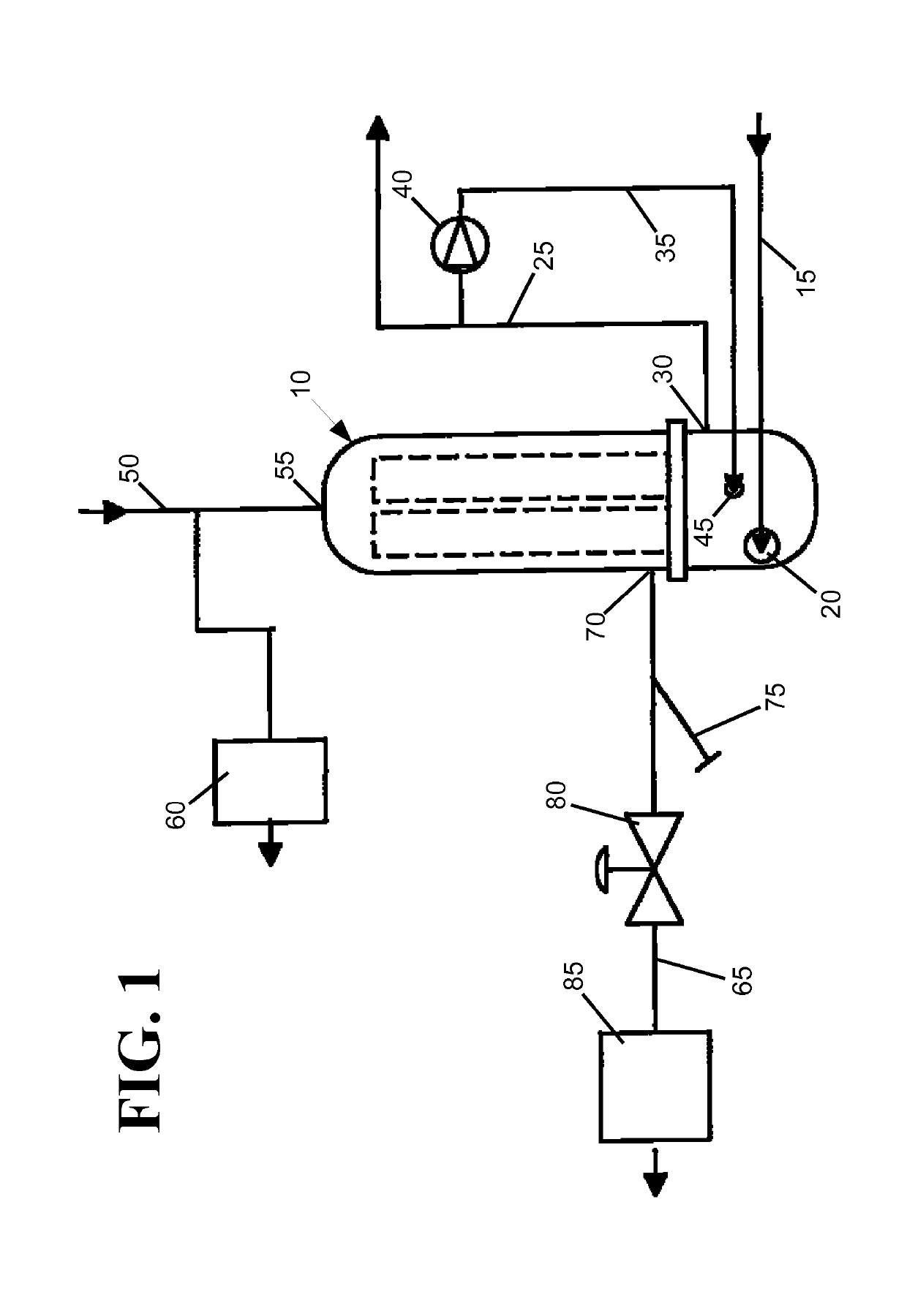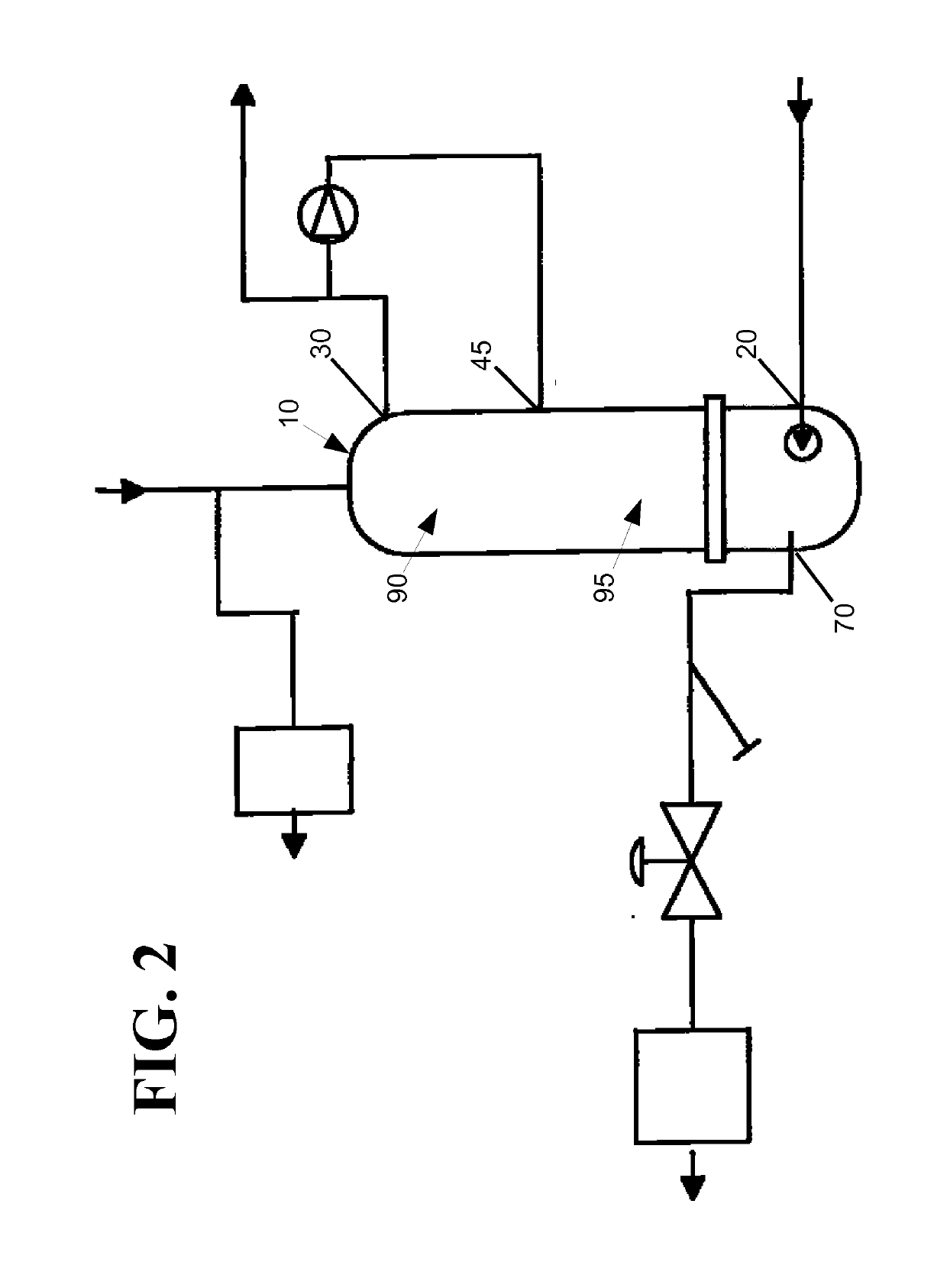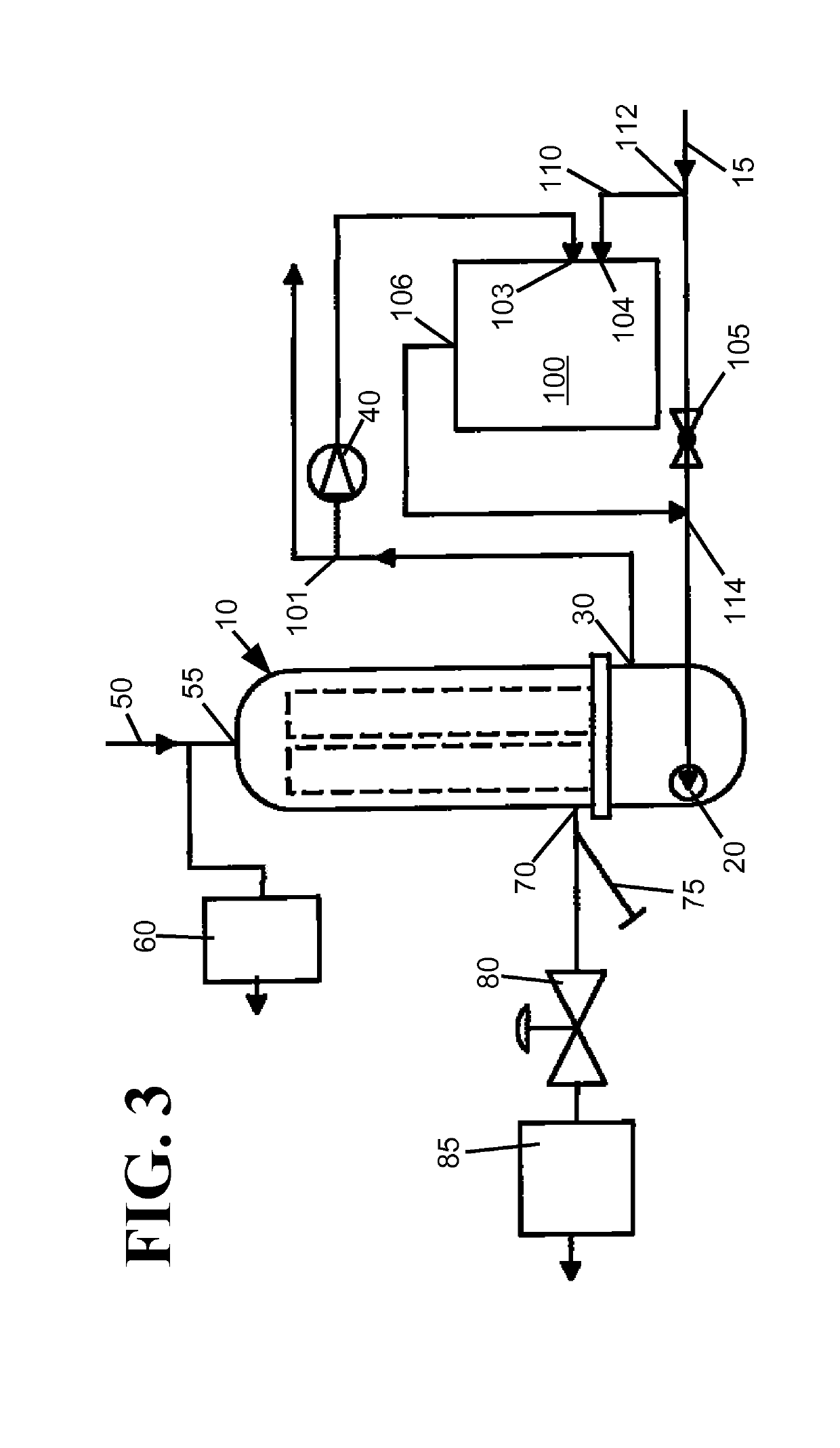Heat Exchange System and Method
a heat exchange system and heat exchange technology, applied in the field of heat exchange systems, can solve the problems of limited heat exchanger size, substantial temperature change in the output of warmed fluid, and many challenges faced by heat exchange system designers, and achieve the effects of reducing the output temperature, increasing the efficiency of the heat exchanger, and stable output temperatur
- Summary
- Abstract
- Description
- Claims
- Application Information
AI Technical Summary
Benefits of technology
Problems solved by technology
Method used
Image
Examples
Embodiment Construction
[0035]The present invention may be used with any type of heat exchanger and is particularly suited for use with domestic hot water systems, ammonia based refrigeration systems, heating water / glycol building heat systems, oil or heat transfer fluid systems, wash stations, and emergency showers. However, for descriptive purposes, the present invention will be described in use with a heat exchanger heating water with hot steam.
[0036]FIG. 1 shows a circuit diagram of a heat exchange system with a heat exchange tank 10. A water circuit connecting to the heat exchange tank has a water input line 15 for inputting cool water into the tank at a cool water input 20 on the tank, and a water output line 25 withdrawing heated water from a hot water outlet 30 on the tank. A stabilization circuit with a re-circulation line 35 and a re-circulation pump 40 diverts a portion of the heated water leaving the tank back into the tank at a re-circulated water inlet 45 to stabilize the temperature of the w...
PUM
 Login to View More
Login to View More Abstract
Description
Claims
Application Information
 Login to View More
Login to View More - R&D
- Intellectual Property
- Life Sciences
- Materials
- Tech Scout
- Unparalleled Data Quality
- Higher Quality Content
- 60% Fewer Hallucinations
Browse by: Latest US Patents, China's latest patents, Technical Efficacy Thesaurus, Application Domain, Technology Topic, Popular Technical Reports.
© 2025 PatSnap. All rights reserved.Legal|Privacy policy|Modern Slavery Act Transparency Statement|Sitemap|About US| Contact US: help@patsnap.com



